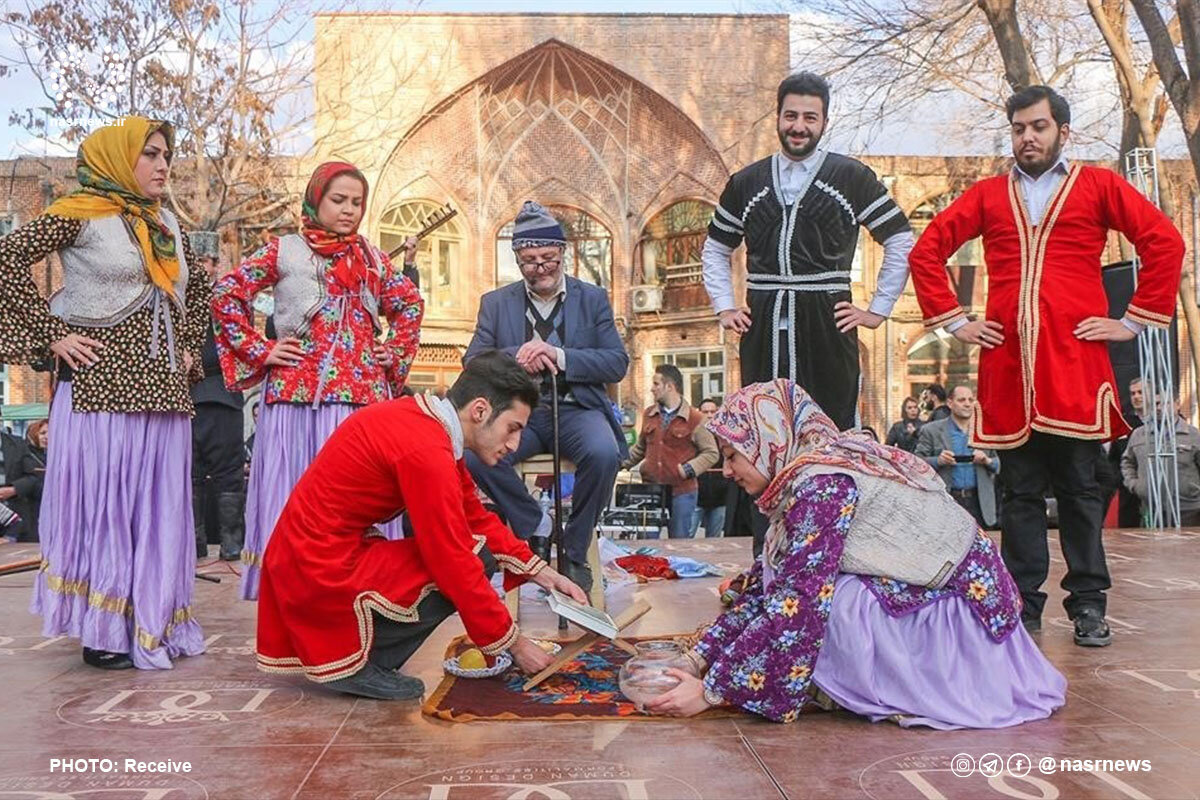UNESCO-listed caravanserai hosting Nowruz festival

TEHRAN - Semnan's department for cultural heritage, tourism, and handicrafts has announced the inauguration of a Nowruz festival, titled “Semnan, Home of World Heritage Caravanserais,” being held at the city’s Shah Abbasi Caravanserai.
Maryam Taherdoust-Mohammadi, the head of the department, stated that the festival aims to foster social excitement and hospitality for travelers and pilgrims en route to the Imam Reza (AS) shrine in the city of Semnan.
Highlighting the festivities planned for the occasion, Taherdoust-Mohammadi explained that joyful Nowruz programs, handicrafts bazaars, and tourism booths offering local delicacies will be among the attractions during the festival.
“This Nowruz festival will run from March 11th to March 28th,” the official added.
The Shah Abbasi Caravanserai, a UNESCO-registered site, holds immense historical and cultural significance, making it an ideal venue to celebrate Nowruz, the Persian New Year, and showcase Semnan's rich heritage to visitors and locals alike.
The festival promises to be a vibrant celebration of tradition, culture, and community, drawing participants from across the region to partake in the joyous festivities and embrace the spirit of Nowruz.
The official underlined: “With its diverse array of activities and cultural offerings, the Nowruz festival at the Shah Abbasi Caravanserai is set to be a memorable event, further solidifying Semnan's reputation as a hub of cultural heritage and tourism in Iran.”
Last September, a selection of 54 century-old roadside inns won a UNESCO label under the name: The Persian Caravanserai. The shortlist, however, is only a small percentage of the numerous caravanserais built along the ancient roads of Iran.
Caravanserai or caravansary is a compound word combining “caravan” with “sara”; the former stands for a group of travelers and the latter means the building. They often had massive portals supported by elevated load-bearing walls. Guest rooms were constructed around the courtyard and stables behind them, with doors in the corners of the yard.
For centuries, caravanserais constituted key parts of a rich circuit of travel and trade by providing shelter, food, and water for caravans, pilgrims, and other trekkers. For many travelers, staying in or even visiting a centuries-old caravanserai can be a broad experience; they have an opportunity to feel the past, a time travel back to a forgotten age.
The earliest caravanserais in Iran were built during the Achaemenid era (550 - 330 BC). Centuries later, when Shah Abbas I assumed power from 1588 to 1629, he ordered the construction of a network of caravanserais across the country. Such roadside inns were once constructed along ancient caravan routes in the Muslim world to shelter people, their goods, and animals. The former Silk Road may be the most famous example, dotted with caravanserais.
AM
